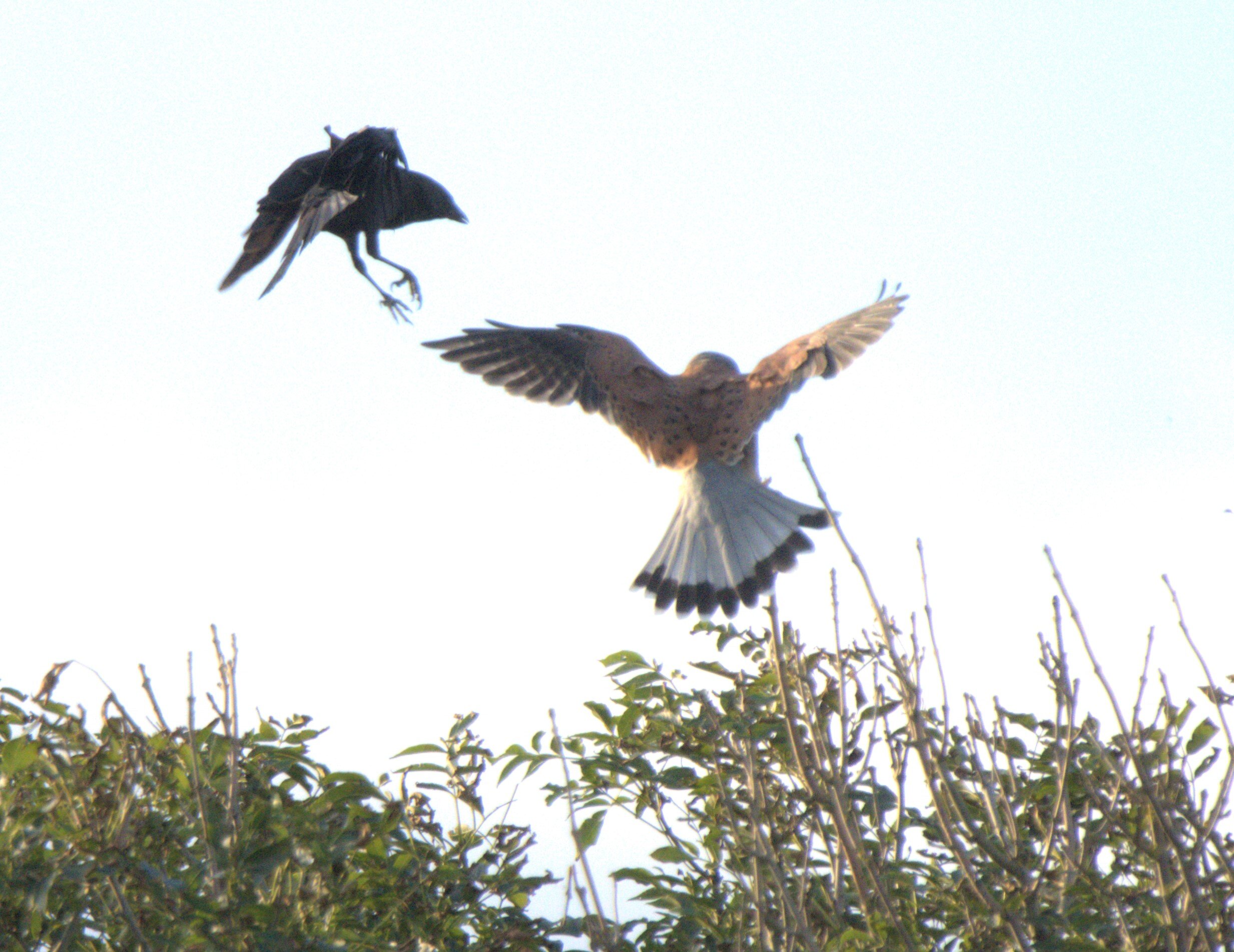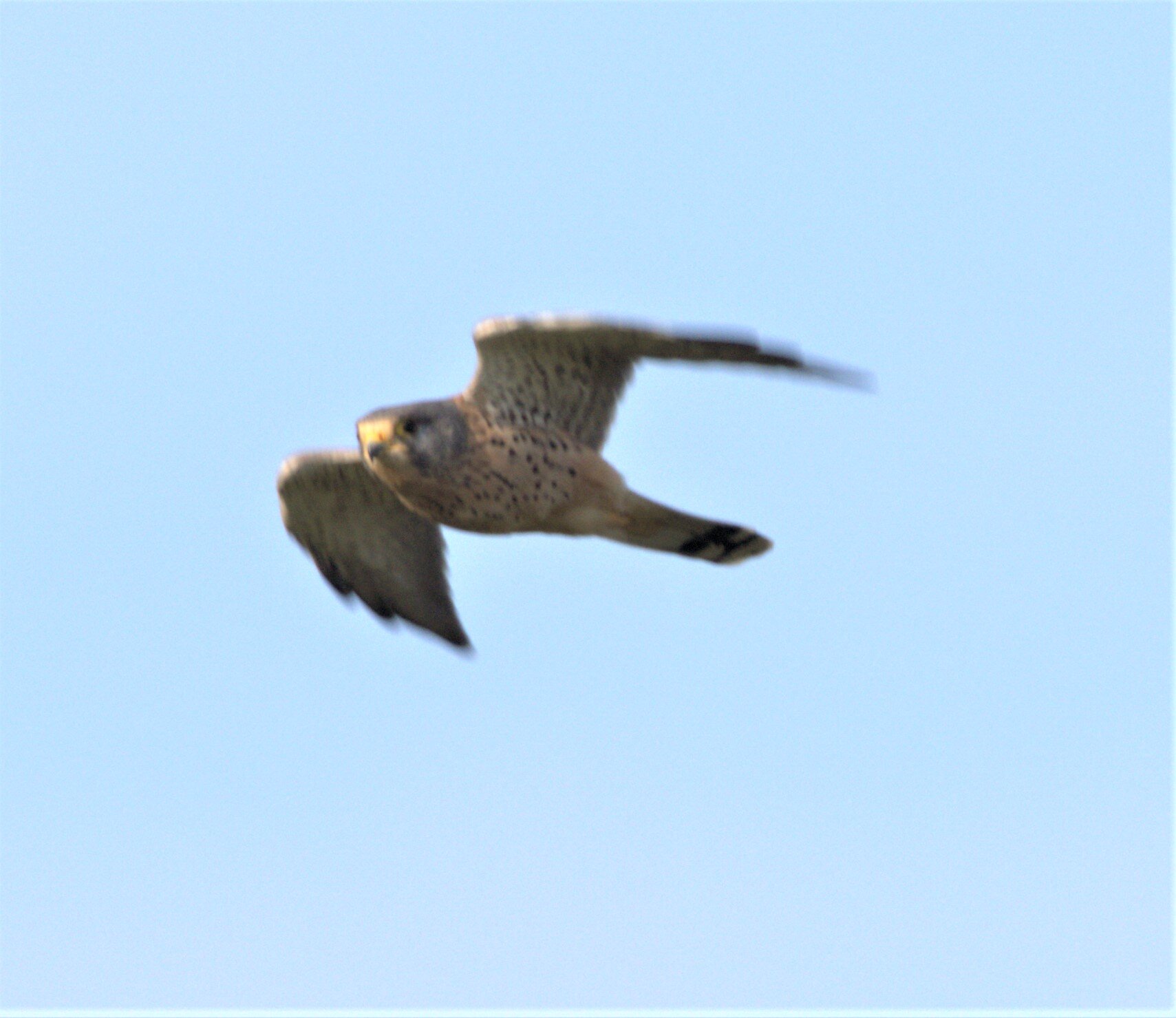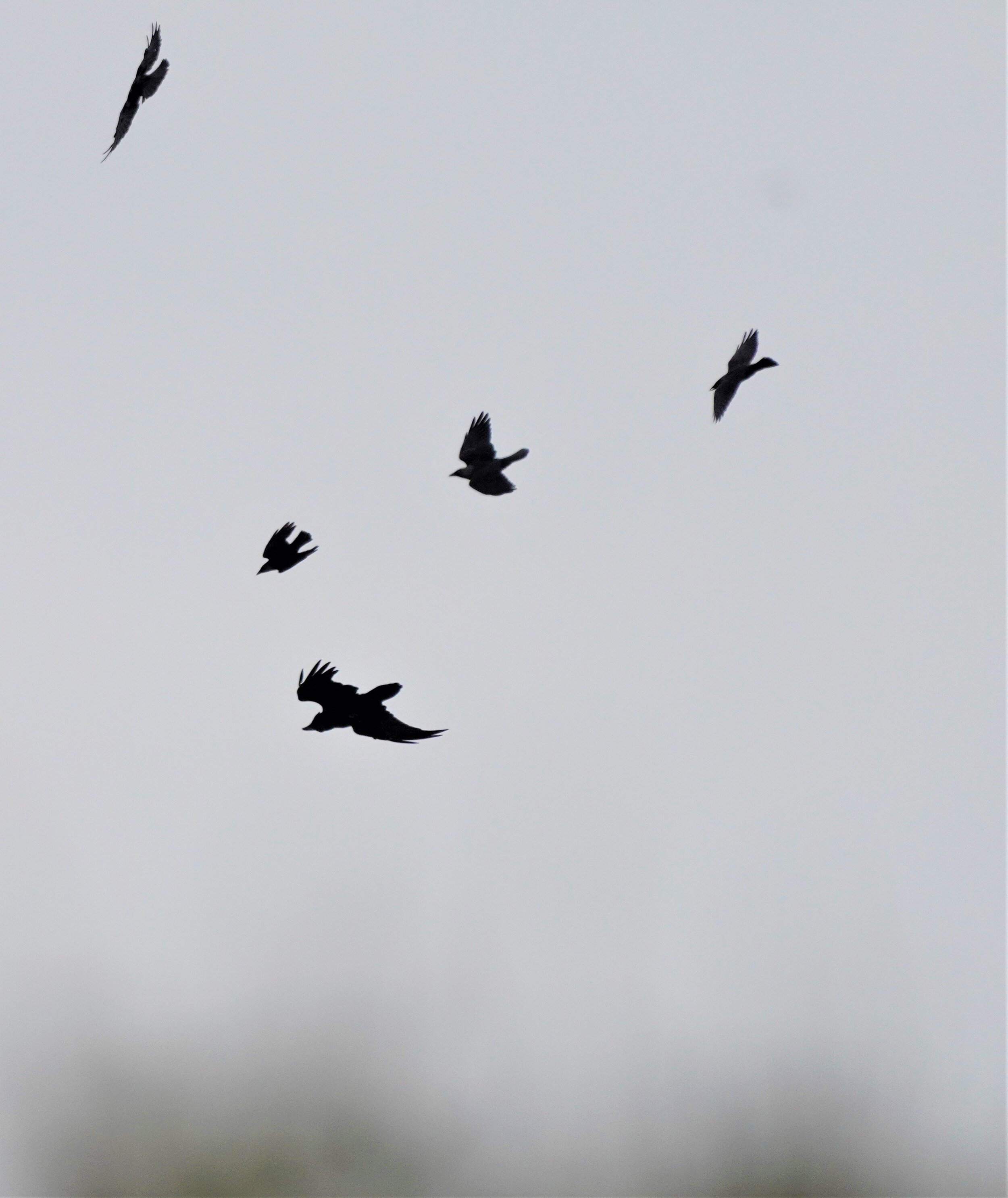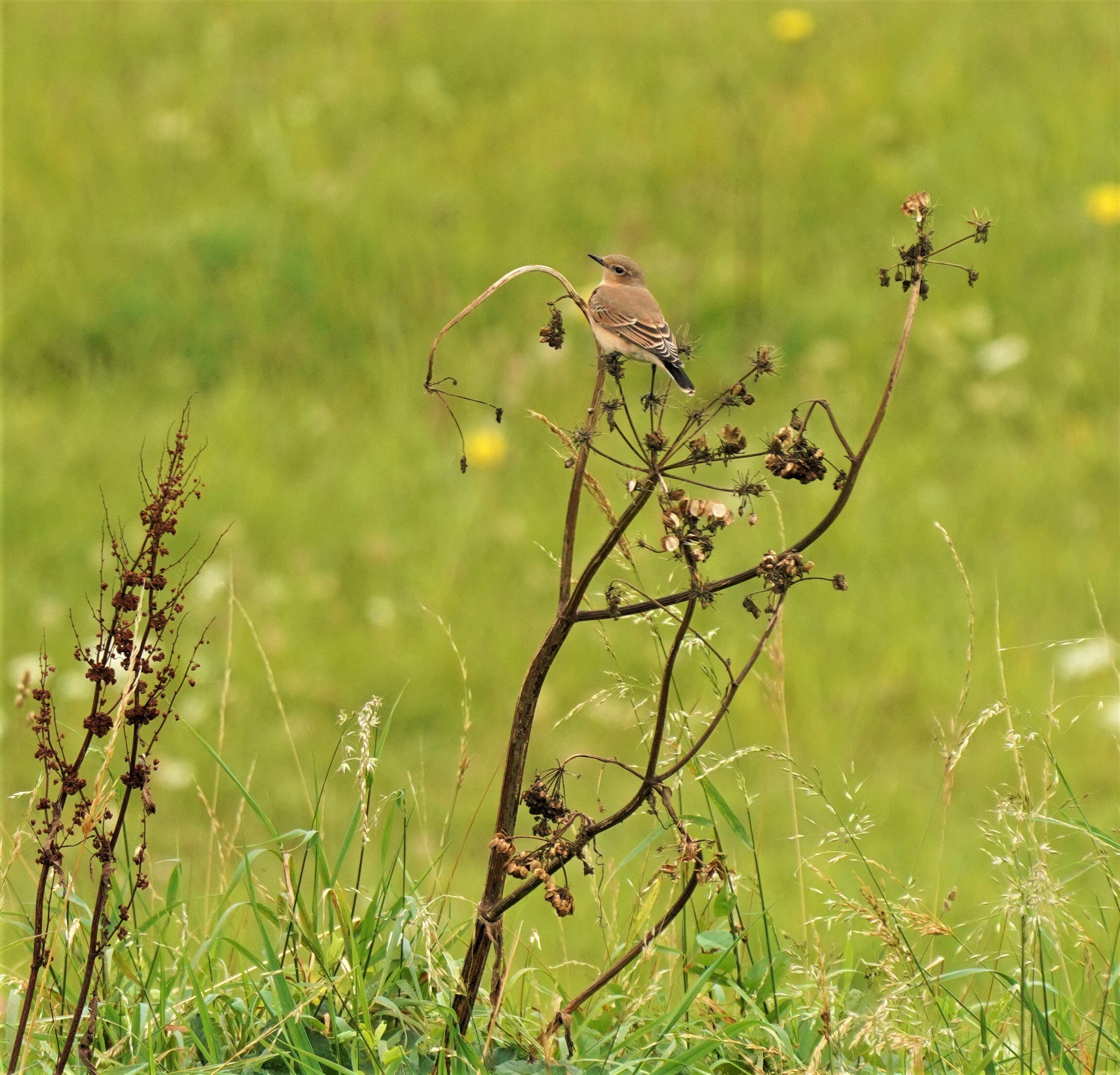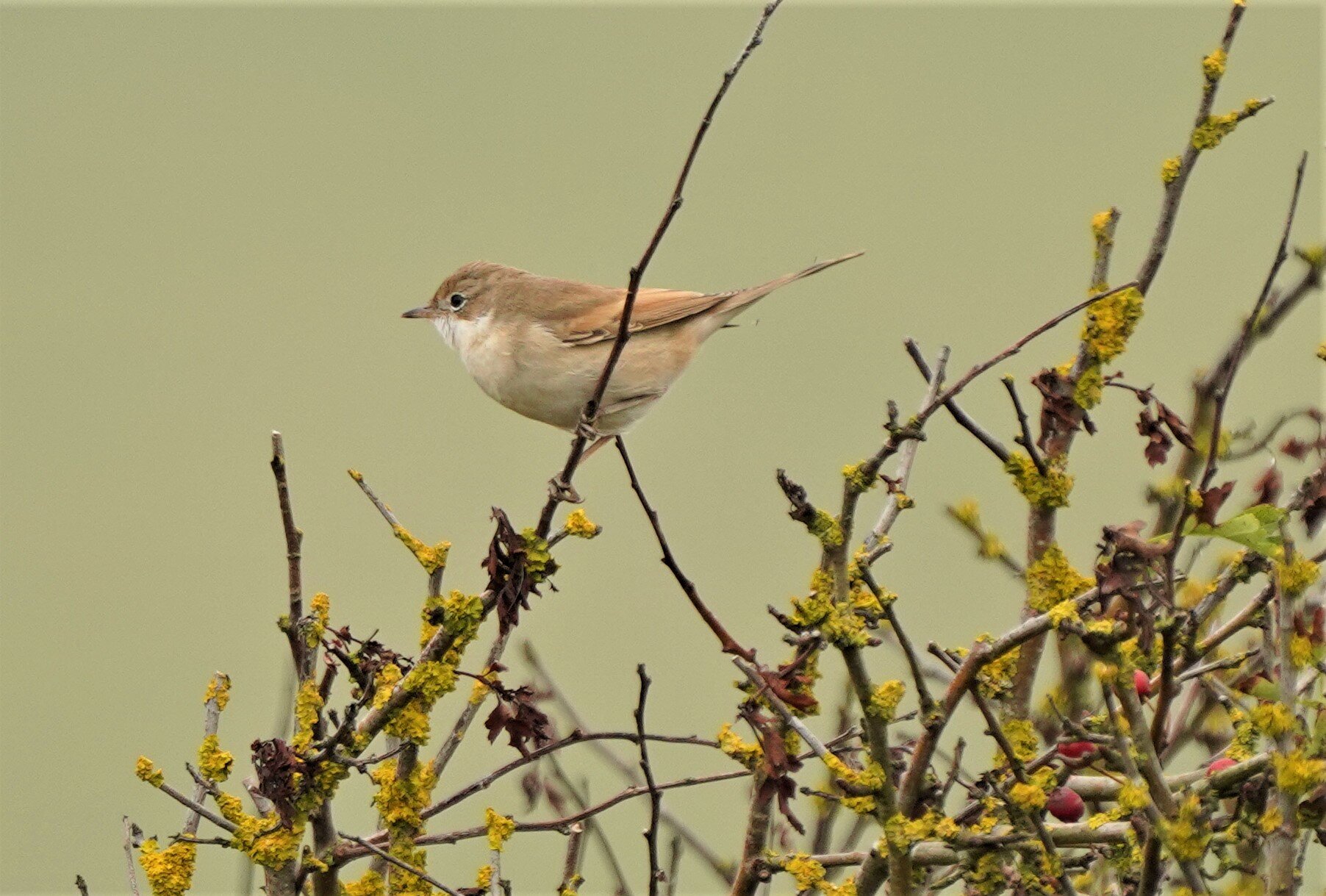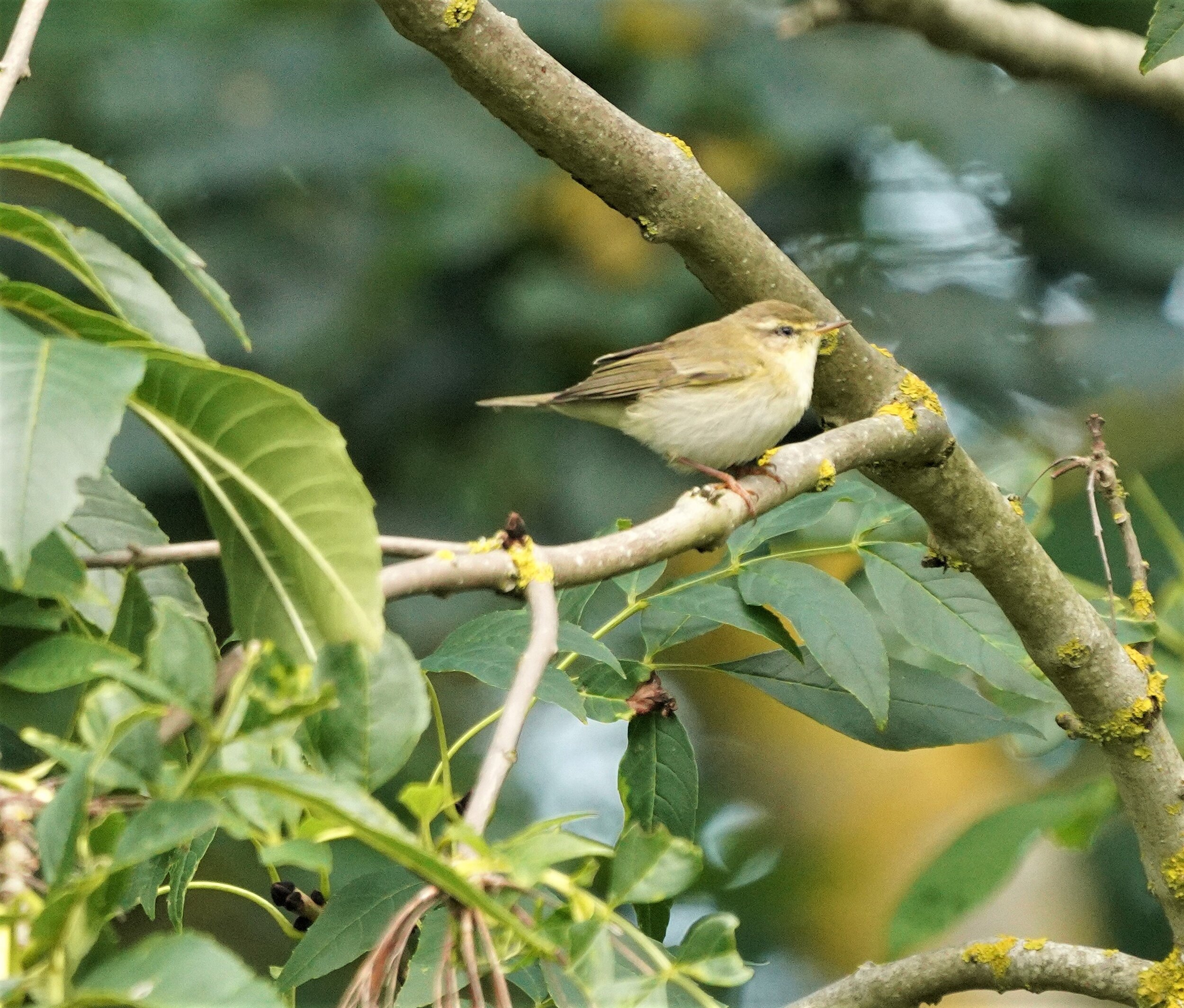Migration magic
Four go a-birding.
THE CHIFFCHAFFS we hear calling to each other in the dawn light had probably been crossing the English Channel as the day broke. But these little, olive coloured woodland birds fly at night to evade predators, and as sunlight hit the sea, they must have turned back to drop down into the scrubby headland between Birling Gap and Beachy Head.
There, they joined the corn buntings that had only just arrived, and the meadow and rock pipits, the stonechats and the odd whinchat that were already there. Corn buntings are quite scarce in the UK, with only around 10,000 breeding pairs, and they are a nice spot on what is our first guided birding outing.
Our guide, Matt Eade of Naturtrek, is lean, keen-eyed and around half my age, perhaps even younger. He turns up in the Birling Gap car park at 7am, lugging a Kowa spotting scope on a carbon-fibre tripod - and wearing shorts.
I’m in a heavy cotton shirt, a cashmere sweater and a padded, waterproof field jacket. Well, I had argued, it’s early autumn and we’re going to be on Beachy Head, so it’ll be cold and windy. Before the first hour is passed, I begin stripping off layers and stuffing them in my rucksack. It’s a beautiful, almost windless day, sunny and warm at first, cloudy and warm later.
Matt began birding when he was seven, and has travelled the world in search of birds, visiting all seven continents - and since he was born at Seaford a little further along the coast, we are on his patch. Fellow birder Phil Sumner and I are quickly impressed - Matt seems to have a sixth sense for where and what the birds were.
“It’s movement,” he says, “I don’t see sitting birds.”
I’ll bet he does, I think to myself.
As we chat, a female sparrowhawk flashes across the bright green of the downs, pursued by jackdaws. Above and slightly behind the hawk, a flock of grey wagtails rises into the air.
This is the autumn migration, and it seems a leisurely affair compared to its spring equivalent. Birds arrive in the spring bursting with hormones, desperate to find mates, build nests, defend territories and contribute to the gene pool.
But by the middle of September many parent birds have flown back to their wintering grounds leaving flocks of first-year birds to find their own way home. And so, in the autumn migration, the youngsters take their time. Some - like ospreys - meander. Some fly alone, others in chattering flocks. Some - like the chiffchaffs - fly at night because it is safer (gulls are voracious predators), others fly during the day.
Quite how they find their way back to the African tropics is an only partly-solved mystery. Some have been observed using landmarks like rivers, motorways or coastlines, although that can hardly be the case with first year birds flying solo. Some navigate by the sun, and possibly even the stars - birds can see ultraviolet light, which means they can see through clouds better than humans. And we think some navigate using the earth’s magnetic field - they have a cryptoprotein in their eyes (Cry4), which we imagine works like a head-up display in a car. Scientists have speculated that birds can literally ‘see’ which way south is.
Instinct plays its part too. The birds on the rolling South Downs this bright morning have all made their way there, driven by subtle triggers in their environment that tell them winter is coming.
To be honest, though, they don’t seem to be in any great rush. A rock pipit stands on a signpost in the car park and studies us, head cocked, as we get our gear together: the bird watchers, watched by a bird. A flock of meadow pipits flies over, and Matt identifies them by their calls. Jackdaws rise up in chacking clouds, like musical notes on the brightest of blue skies and a kestrel, chased by jackdaws, makes a screech like a ring-necked parakeet before landing in a hawthorn bush where it rests for a while.
I was brought up among Yorkshire crags and vast empty moorlands, so the pretty green of the Downs, the brilliant white of the cliffs and the gentle roll of the landscape seems, softer - gentler. But that’s so deceptive, the Downs may roll - a friend described them as ‘buttocky’ - but they tend to go straight up from a standing start without hesitation, deviation or interruption, and they’re high too. Our walk is on the first leg of the breathtaking (in every sense) Seven Sisters route, and it isn’t long before I begin to feel it.
We stop in a small patch of ancient woodland, where Matt spots a willow warbler among the chiffchaffs (a good trick if you can do it, they’re so similar), and then we climb up through scrub to a point at which we can see the red and white tower of the Beachy Head lighthouse. The air is fresh and the sky is full of corvids, including ravens - which we hear before we see, that curious football rattle of a ‘cronk’ identifying the raven more quickly than a sighting ever could.
And then the peregrines arrive, three of them slicing through the corvid flock. Ravens and peregrines both nest on the cliffs at Beachy Head and they clearly don’t get along that well, because suddenly a peregrine falcon - the fastest creature on earth - has folded its wings and is stooping, falling fast from a height, at a raven. But ravens are formidable masters of the air, and the raven simply tips its wings as the peregrine goes shooting past.
That display of aerobatics would have made my day all on its own, but on the return journey to Birling Gap we spot that most elegant of raptors, a merlin. It’s a rare summer visitor, the merlin - the smallest falcon we see in Britain - and this one, a female, is sitting on a fence post, posing like a beauty queen. She is just stunning.
The raptors - we see sparrowhawks, kestrels, the peregrines, buzzards and the merlin - are here for the smaller birds, the finches and buntings, on which they feast as they themselves migrate south.
The spotted flycatcher Matt catches sight of in somebody’s garden below the Belle Tout lighthouse is a bonus. I hadn’t seen one this year, so it’s a good tick and the day’s guided birding takes my year count (I’m not really taking it that seriously, honestly) to 126 species.
The slideshow below is courtesy of Phil Sumner and his superb camera. The birds, in order, are: chiffchaff; corn bunting; kestrel & jackdaw; peregrine falcon; raven and jackdaws; rock pipit; wheatear; whinchat; whitethroat; willow warbler.

